Media has transformed from just a form of entertainment into a dynamic platform for representation, validation, and social change. For young queer individuals, seeing their identities reflected authentically on screen can be nothing short of transformative. Positive, nuanced portrayals of queer lives not only encourage self-acceptance but also challenge outdated societal norms, making space for the beautiful diversity of human experiences.
Over the last few years, queer representation in global media has undergone a remarkable evolution, shifting away from harmful stereotypes and embracing stories that are rich, real, and relatable.
From stereotypes to real stories – How queer narratives have evolved
For decades, queer characters in media were often reduced to caricatures or tragic figures. However, the tide is now turning. Filmmakers and creators are now challenging these outdated tropes, bringing to light the stories that reflect the lived experiences of LGBTQ+ individuals.
Shows like Netflix’s Heartstopper have introduced nuanced queer characters, whose love stories are treated with the same depth and respect as any heterosexual romance.
Global stories: Queer stories from around the world
While Western media has led the charge in queer representation, the global landscape is catching up. In Thailand, the rise of Boys’ Love dramas has created a space for queer stories to thrive. Series like 2gether have gained international acclaim for their heartwarming portrayals of same-sex relationships, offering queer audiences a much-needed escape from reality. These shows avoid exploiting queer pain for drama and rather focus on love, joy, and self-discovery.
In the UK, It’s a Sin has been celebrated for its poignant portrayal of the AIDS crisis in the 1980s. Created by Russell T Davies, the series follows a group of gay men and their friends as they navigate love, loss, and activism. The show’s authentic storytelling and emotional depth have resonated with audiences worldwide also shedding light on a dark chapter in queer history while celebrating the resilience of the LGBTQ+ community.
Impact of real stories on queer representation
One of the most significant developments in queer representation is the rise of LGBTQ+ creators behind the camera. Shows like Pose, which chronicles New York’s ballroom culture in the 1980s, are groundbreaking not only for their diverse cast but also for their authentic storytelling. Created by Ryan Murphy and Steven Canals, Pose features the wide cast of transgender actors in television history again offering a platform for marginalised voices to shine.
Similarly, Heartstopper based on Alice Oseman’s graphic novel, has been celebrated for its tender portrayal of young queer love. The series normalises diverse identities, featuring characters who are gay, lesbian, bisexual, and transgender, all navigating the complexities of adolescence. By focusing on joy rather than trauma, Heartstopper provides a refreshing counterpoint to the often grim narratives surrounding queer lives.
Challenges and opportunities
Despite the progress, challenges still remain, and we have a long way to go. Transgender and non-binary characters are still underrepresented, and queer stories from non-Western countries often struggle to gain international recognition. However, the growing popularity of streaming platforms like Netflix, Hulu, and Apple TV+ has created new opportunities for diverse storytelling.
Films like Ajeeb Daastaans and series like Dickinson are pushing boundaries, exploring intersectional identities and historical queer figures with sensitivity and creativity. Ajeeb Daastaans’ segment Geeli Pucchi delves into the intersection of caste, gender, and sexuality, while Dickinson reimagines the life of poet Emily Dickinson focussing on her romantic relationship with her best friend, Sue.
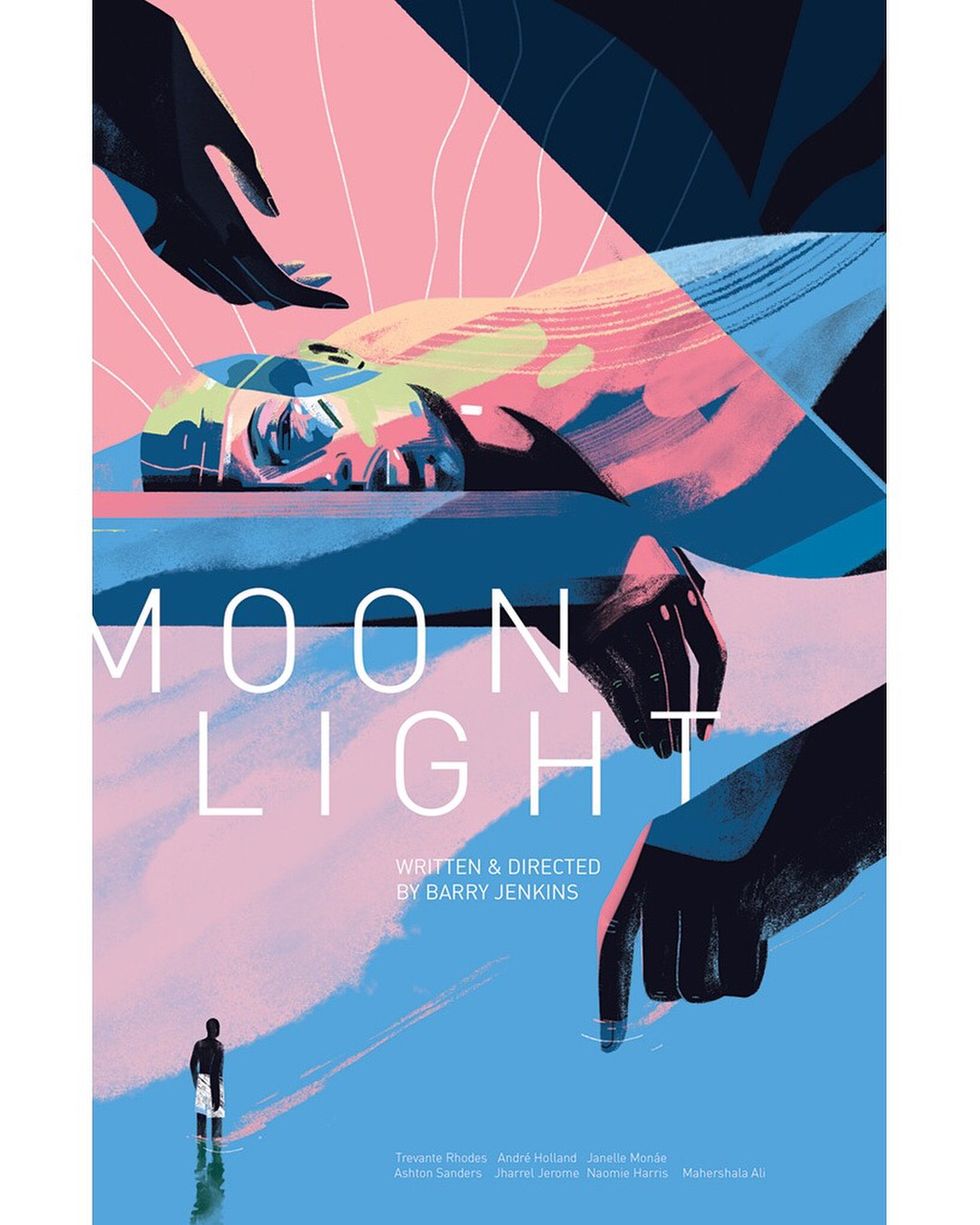
A new era of representation
This global move toward honest queer representation shows just how powerful and influential storytelling can be. From Moonlight to Class, from Pose to 2gether, these stories are reshaping how the world sees LGBTQ+ individuals. They remind us that queer lives are not monolithic; they are rich, varied, and deserving of celebration.
As we reflect on the progress made, it's important to acknowledge how far we've come while recognising the work that is still ahead. Queer representation in media is no longer a niche concern, in fact it’s a global movement. By amplifying diverse voices and challenging toxic stereotypes, together we can create a world where everyone, regardless of their identity, feels seen, heard, and valued.
The stories are finally being told, and they’re just getting started.


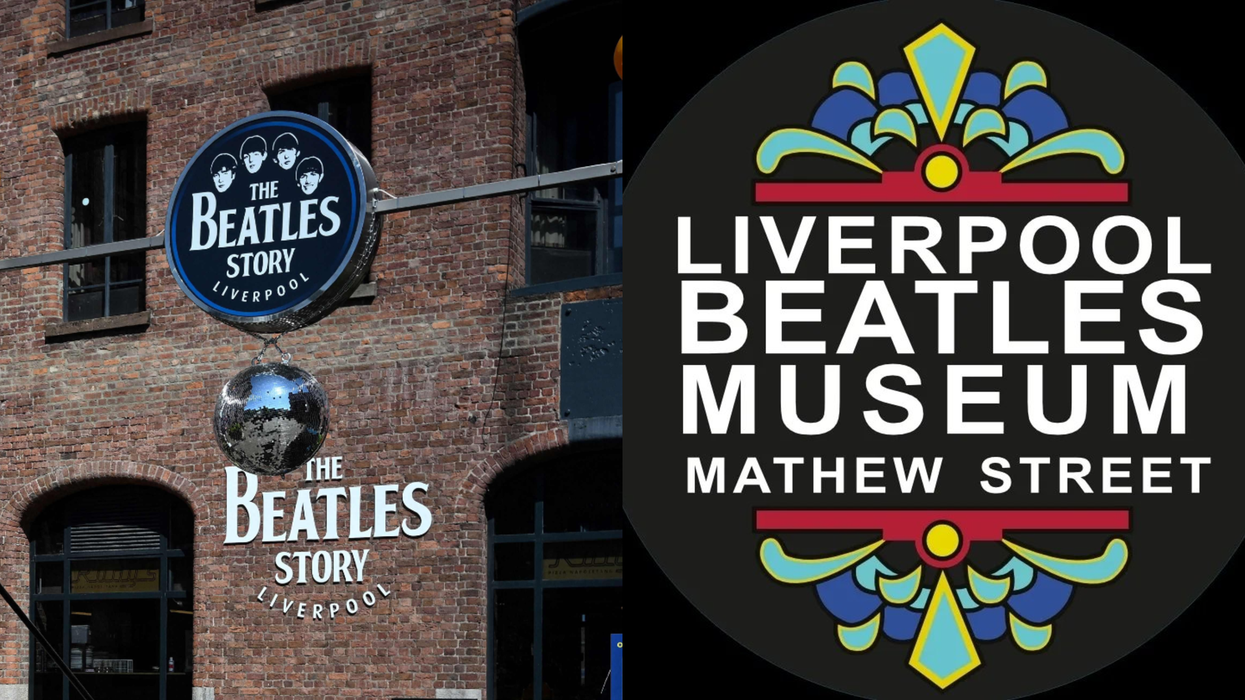
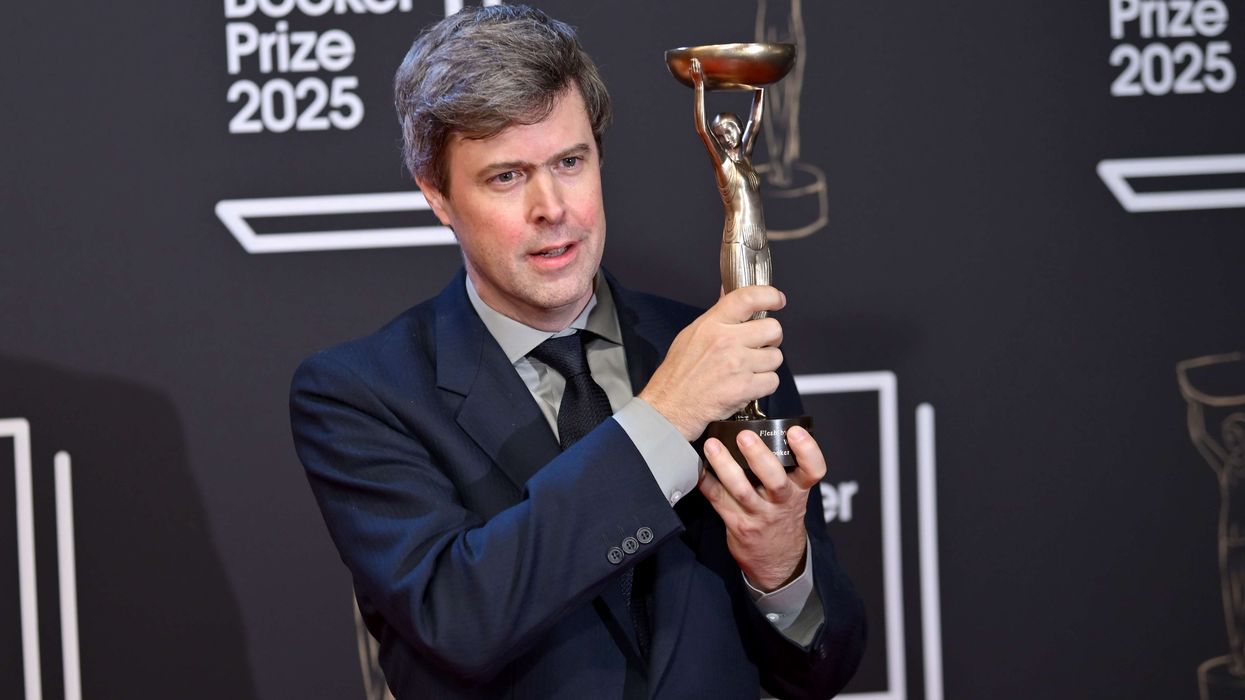

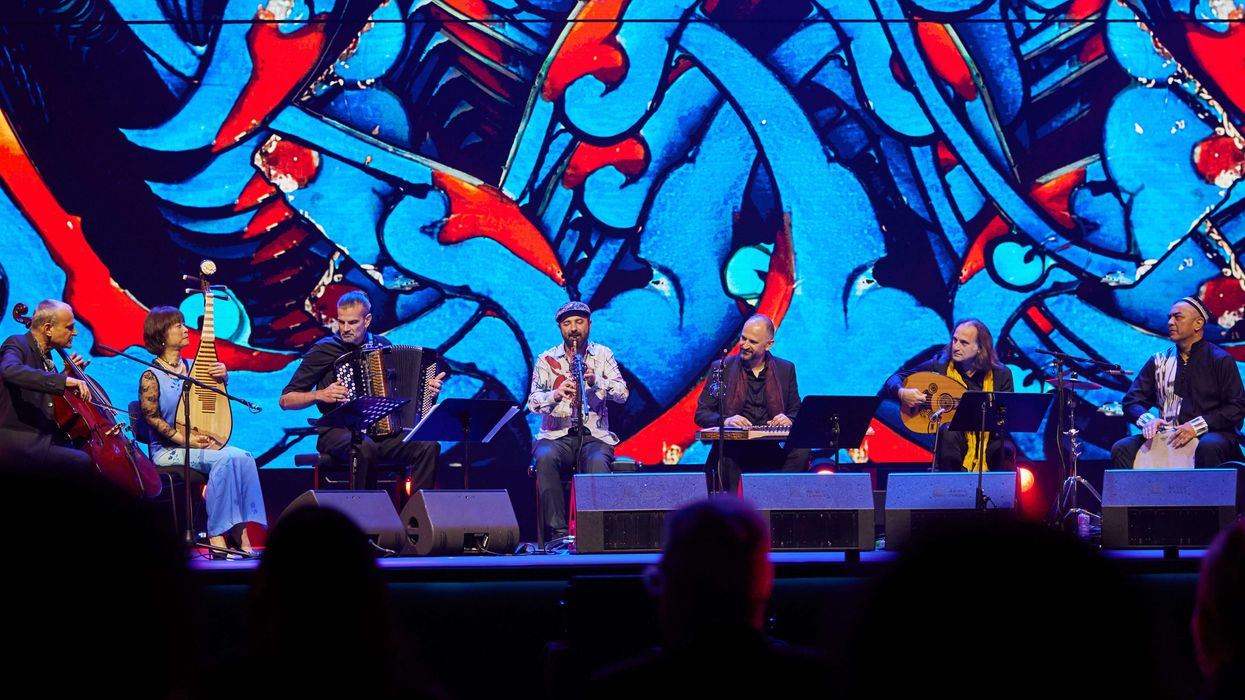

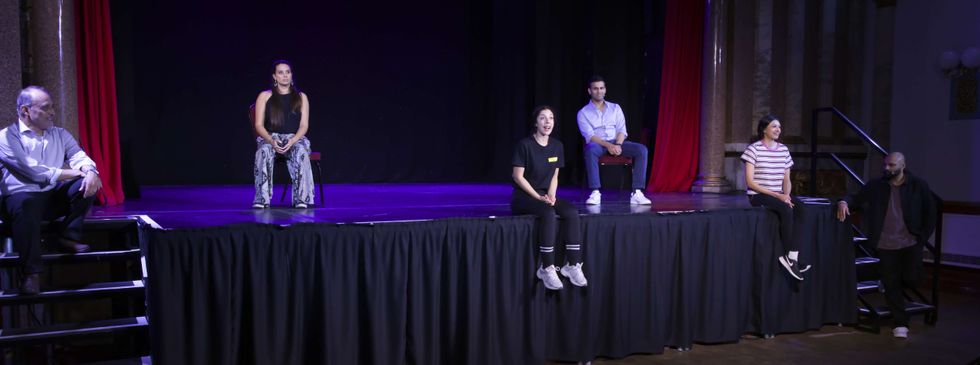 The play is written by Tarun Jasani and directed by Mukul AhmedMGT
The play is written by Tarun Jasani and directed by Mukul AhmedMGT






